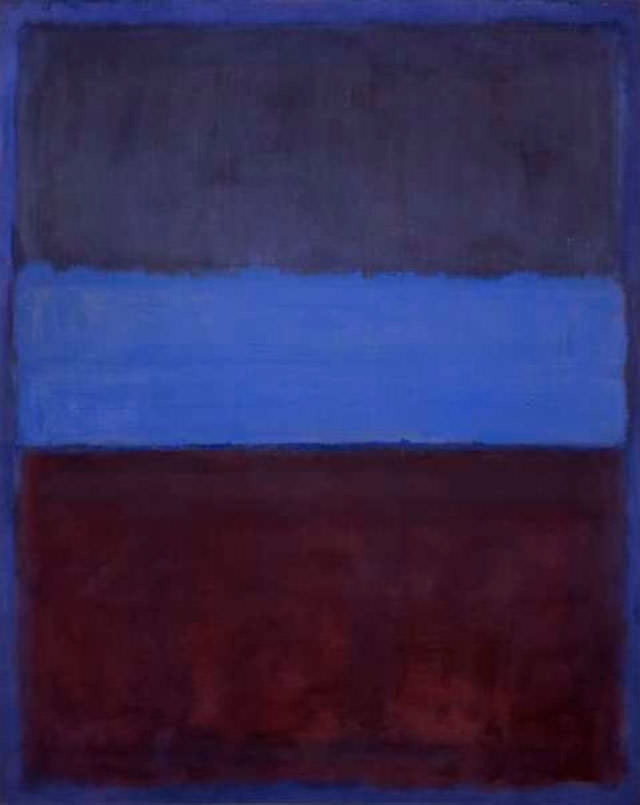Rothko was an incredibly modern artist, seeking abstraction within his work in ways that had not really been seen before, not to this level at least. Despite that, he was actually very knowledgeable about more traditional art, and had studied the great Italian masters in detail. Titian is one of those who most attracted and influenced the artist, and he was particularly respected for his handling and understanding of colour, which is something Rothko took on board and into his own work. There are some who believe that it was the influence of Titian which impacted the artist's choices on how he layered different tones together as well as how he balanced hues within his paintings, particularly with regards his work within the Color Field movement. It just goes to show the importance of looking beyond your artistic boundaries in order to learn as much as possible from the realms of international art history.
The way in which Rothko produced these abstract paintings could give viewers a feeling of infinite space, where you could not see where the artwork started or finished. This was encouraged by the way in which the larger canvases would stretch out to several metres tall and wide, normally larger than the people's looking at them, covering their field of vision. Once your focus had been completely engulfed, he would then append different blocks of colour for different results. In this example there are several horizontal shades of colour which meet at the corners, but just leave an edge around the canvas. In most cases he would actually leave space between each of these blocks to allow the overall piece to be more relaxed in atmosphere.
This painting can now be found within the collection of the Museum of Contemporary Art in Los Angeles, USA amongst an excellent series of artworks which capture the highlights of 20th century art. You will probably be most interested in checking out the likes of Barnett Newman, Jackson Pollock, Piet Mondrian and Arshile Gorky, though the collection is impressively diverse and offers a full breadth of coverage of this period. They have acquired a number of items from generous donations as well as some private purchases and continue to add to their existing display each and every year, helping to build one of the finest collections of contemporary art in the world. The US has a particularly strong interest in 20th century art because so many of its key names were from this nation.

